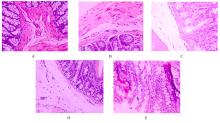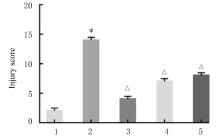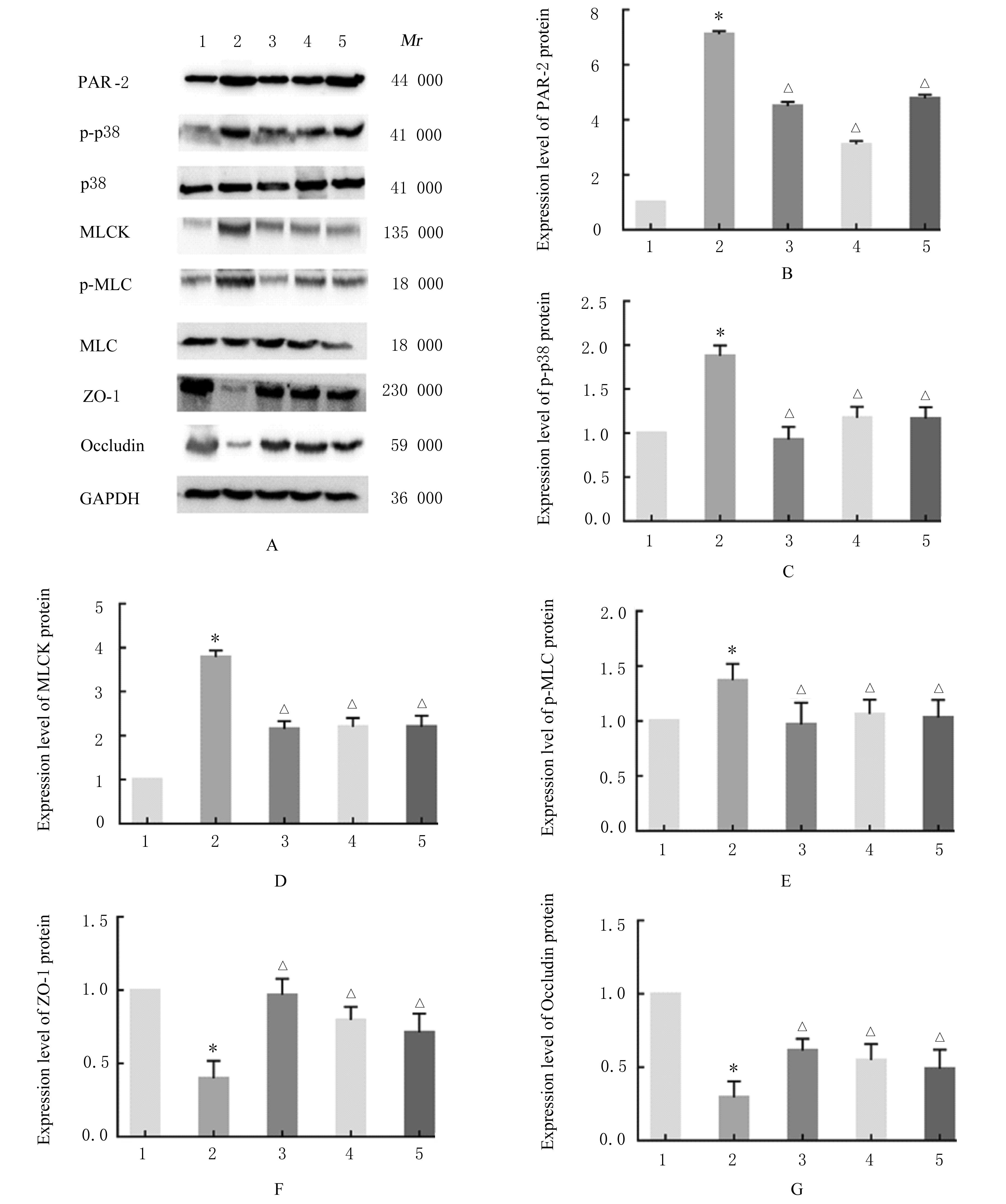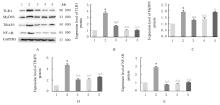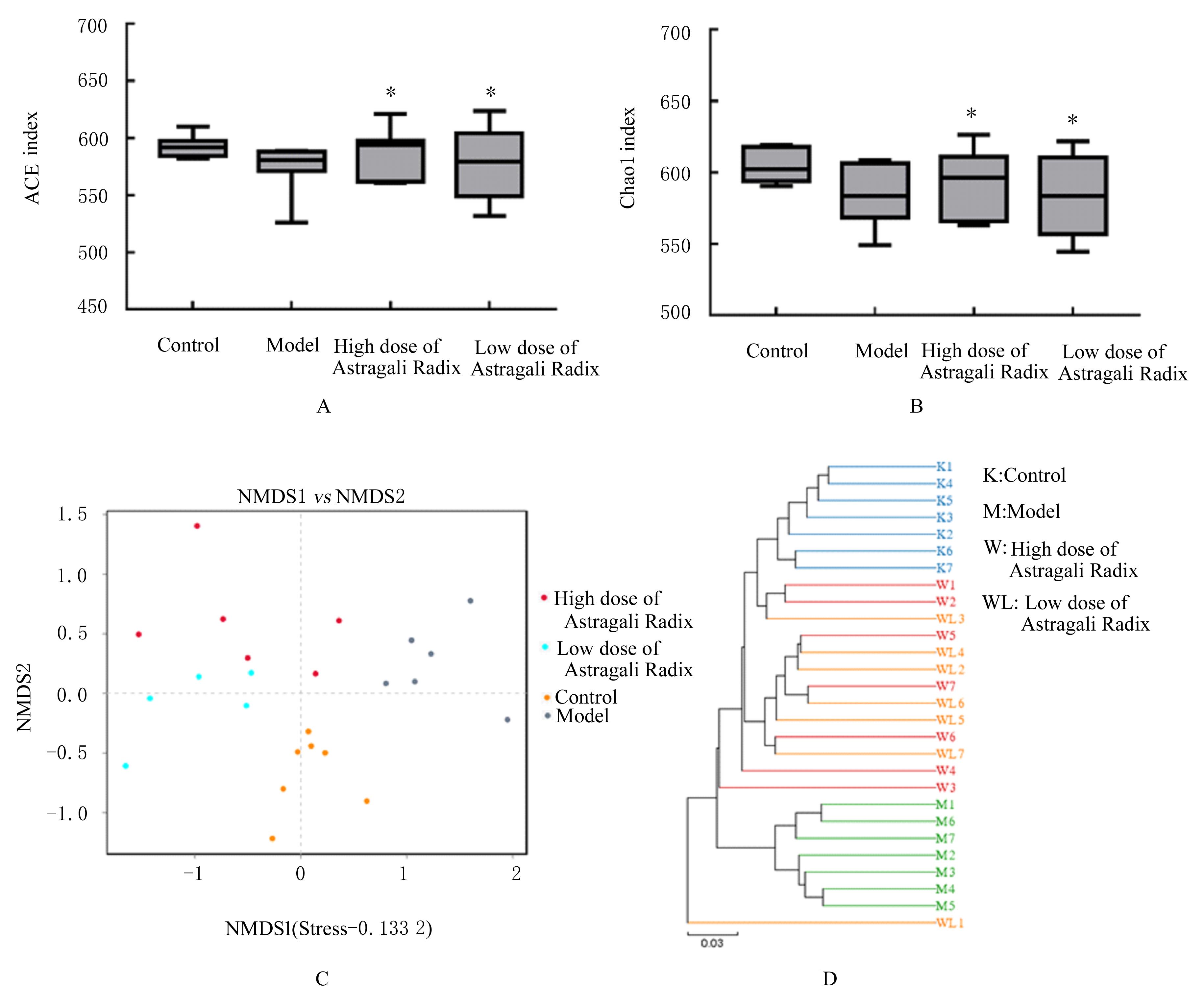| 1 |
CHU C, ROTONDO-TRIVETTE S, MICHAIL S. Chronic diarrhea[J]. Curr Probl Pediatr Adolesc Health Care,2020, 50(8): 100841.
|
| 2 |
SCHILLER L R, PARDI D S, SELLIN J H. Chronic diarrhea: diagnosis and management[J]. Clin Gastroenterol Hepatol,2017, 15(2):182-193.e3.
|
| 3 |
WU Y P, TANG L, WANG B K, et al. The role of autophagy in maintaining intestinal mucosal barrier[J]. J Cell Physiol, 2019, 234(11): 19406-19419.
|
| 4 |
TILG H, ZMORA N, ADOLPH T E, et al. The intestinal microbiota fuelling metabolic inflammation[J]. Nat Rev Immunol,2020,20(1): 40-54.
|
| 5 |
ZHENG J Y, XU H, HUANG C L, et al. Quercetin protects against intestinal barrier disruption and inflammation in acute necrotizing pancreatitis through TLR4/MyD88/p38 MAPK and ERS inhibition[J]. Pancreatology,2018, 18(7): 742-752.
|
| 6 |
SUN S T, LIU W L, LI Y F. CADM1 enhances intestinal barrier function in a rat model of mild inflammatory bowel disease by inhibiting the STAT3 signaling pathway[J]. J Bioenerg Biomembr,2020, 52(5): 343-354.
|
| 7 |
WU Z N, ZENG H R, ZHANG L L, et al. Patchouli alcohol: a natural sesquiterpene against both inflammation and intestinal barrier damage of ulcerative colitis[J]. Inflammation 2020,43(4): 1423-1435.
|
| 8 |
ADESSO S, RUSSO R, QUARONI A, et al. Astragalus membranaceus extract attenuates inflammation and oxidative stress in intestinal epithelial cells via NF-κB activation and Nrf2 response[J]. Int J Mol Sci,2018, 19(3): E800.
|
| 9 |
胡 飞. 黄芪注射液穴位注射治疗脾气亏虚型慢性腹泻的临床观察[D]. 武汉:湖北中医药大学, 2019.
|
| 10 |
国家药典委员会.中华人民共和国药典一部[M].北京:中国医药科技出版社,2020:315.
|
| 11 |
徐 俊. 参苓白术散对脾虚泄泻大鼠消化吸收功能的影响[J].中医学报,2020,35(2):366-369.
|
| 12 |
SHI K, QU L H, LIN X, et al. Deep-fried atractylodis rhizoma protects against spleen deficiency-induced diarrhea through regulating intestinal inflammatory response and gut microbiota[J]. Int J Mol Sci,2019, 21(1): 124.
|
| 13 |
LI Y, ZHANG, W Y, MA J, et al. Study on the regulation of brain-gut peptide by Shenling Baizhu San in functional diarrhea rats[J]. J Tradit Chin Med Sci,2018, 5(3): 283-290.
|
| 14 |
WANG Y L, WANG Y. Effects of sijunzi dripping pill on gastrointestinal motility of mice[J]. Chin Herb Med, 2014, 6(2): 120-124.
|
| 15 |
VENANCIO V P, KIM H, SIRVEN M A, et al. Polyphenol-rich mango (mangifera indica L.) ameliorate functional constipation symptoms in humans beyond equivalent amount of fiber[J]. Mol Nutr Food Res, 2018, 62(12): e1701034.
|
| 16 |
DHEER R, SANTAOLALLA R, DAVIES J M, et al. Intestinal epithelial toll-like receptor 4 signaling affects epithelial function and colonic microbiota and promotes a risk for transmissible colitis[J]. Infect Immun, 2016, 84(3): 798-810.
|
| 17 |
FAN L N, QI Y D, QU S W, et al. B. adolescentis ameliorates chronic colitis by regulating Treg/Th2 response and gut microbiota remodeling[J]. Gut Microbes, 2021, 13(1): 1-17.
|
| 18 |
LONG C X, SHAO H Q, LUO C Y, et al. Bacterial diversity in the intestinal mucosa of dysbiosis diarrhea mice treated with qiweibaizhu powder[J]. Gastroenterol Res Pract, 2020, 2020: 9420129.
|
| 19 |
GUO S S, GENG W Y, CHEN S, et al. Ginger alleviates DSS-induced ulcerative colitis severity by improving the diversity and function of gut microbiota[J]. Front Pharmacol, 2021, 12: 632569.
|
| 20 |
LUO X P, YUE B, YU Z L, et al. Obacunone protects against ulcerative colitis in mice by modulating gut microbiota,attenuating TLR4/NF-κB signaling cascades, and improving disrupted epithelial barriers[J]. Front Microbiol, 2020, 11: 497.
|
| 21 |
STEIMLE A, MICHAELIS L, DI LORENZO F,et al. Weak agonistic LPS restores intestinal immune homeostasis[J]. Mol Ther, 2019, 27(11): 1974-1991.
|
| 22 |
LAN J, DOU X J, LI J W, et al. L-arginine ameliorates lipopolysaccharide-induced intestinal inflammation through inhibiting the TLR4/NF-κB and MAPK pathways and stimulating β-defensin expression in vivo and in vitro[J]. J Agric Food Chem, 2020, 68(9): 2648-2663.
|
| 23 |
GROSHEVA I, ZHENG D P, LEVY M, et al. High-throughput screen identifies host and microbiota regulators of intestinal barrier function[J]. Gastroenterology, 2020, 159(5): 1807-1823.
|
| 24 |
LI X Y, WU Y Y, XU Z Y, et al. Effects of Hetiao Jianpi Decoction on intestinal injury and repair in rats with antibiotic-associated diarrhea[J]. Med Sci Monit, 2020, 26: e921745.
|
| 25 |
XU L, CAI J Y, TIAN A F, et al. The effect of prim-O-glucosylcimifugin on tryptase-induced intestinal barrier dysfunction in caco-2 cells[J]. Biol Pharm Bull, 2018, 41(9): 1355-1361.
|
| 26 |
LI X Y, HE C, ZHU Y, et al. Role of gut microbiota on intestinal barrier function in acute pancreatitis[J]. World J Gastroenterol, 2020, 26(18): 2187-2193.
|
| 27 |
CHANG Y Q, DENG Q H, ZHANG Z Y, et al. Glucagon-like peptide 2 attenuates intestinal mucosal barrier injury through the MLCK/pMLC signaling pathway in a piglet model[J].J Cell Physiol, 2021, 236(4): 3015-3032.
|
 ),Yuchen WANG
),Yuchen WANG


